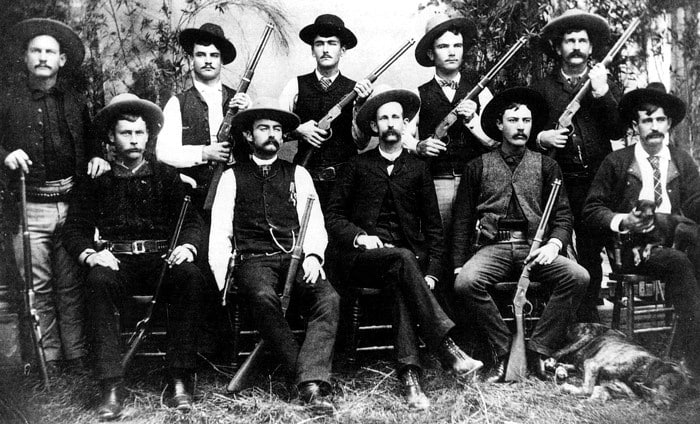St Patrick’s Day: Irish and Latinos Have More in Common Than You Think
We take a look into the history of the Irish people who migrated to Latin America and the Caribbean in pursuit of a better life.

The celebration of St. Patrick’s Day has been a religious celebration for Catholics for over 1,000 years. It began as a religious celebration of the Patron Saint of Ireland, Saint Patrick, who lived in the fifth century and was said to have been kidnapped and enslaved at the age of 16. Eventually, he was able to escape and was credited with bringing Christianity to Roman Britain, his birthplace.
After St. Patrick’s death on March 17, 461, the celebration of his life and legacy increased in popularity because it fell in the middle of Lent. This allowed Catholics the chance to break their Lent and celebrate the holiday with large feasts.
Over the years, his popularity mostly remained within Ireland until the large Irish migration to America. In the mid and late 1700s, the Irish were migrating to America in pursuit of a better life. This meant the Irish brought their traditions of celebrating St. Patrick’s Day. Given the support that the Irish were giving Americans in fighting the English, the holiday became part of American culture.
A second wave of migration during the famine years of the mid-1800s resulted in over two million people leaving Ireland. They migrated to various parts of the world, with a heavy concentration in the Americas, including Latin America and the Caribbean. The Irish migration to Spanish-speaking countries was often influenced by the shared traditions, values, and customs of the shared governing religion of Catholicism.
While St. Patrick’s Day is now celebrated with green beer, large parades, and drinking as much as you can, we celebrate by thinking about the resiliency of the Irish people who migrated in pursuit of a better life. Here are four things you might not have known about the Irish migration to Latin American countries:
Argentina attracted the highest migration rates of Irish outside of English-speaking countries
Approximately 50,000 immigrants settled in Argentina in the 18th century, bringing with them their culture and traditions. Currently, it is estimated that about half a million people in Argentina are of Irish descent. The Irish Argentine are proud people and celebrate St. Patrick’s Day every year with a large parade, music and dance performances.
Irish men fought alongside Mexican battalions for the retention of Mexico
Also known as Los San Patricios, Irish men fought to help Mexican soldiers keep control of Mexico after the United States became eager to invade Mexico. This fight came after Mexico turned down an offer from the United States to purchase parts of Northern Mexico to have access to the San Diego and San Francisco ports as well as the mineral rich state of Nevada.
Recognizing that Mexico, another Catholic country was being invaded by Protestant foreigners, Los San Patricios fought bravely. Unfortunately, they were caught and severely tortured and killed but their bravery remains an important acknowledgement on behalf of Mexicans.

The San Patricios Batallion, Source
Simón Bolívar appealed to Irish soldiers to help him fight Spanish colonialism
Simón Bolívar played an important role in bringing political independence from Spanish colonialism. In his fight to liberate several Latin American countries, his European representatives asked Irish soldiers to come to fight alongside them. Given their own experience fighting British colonialism, many Irish migrated to Latin America to help fight alongside Bolivar and his army.
The Cuban railroad was built by Irish migrants who came from the US
In the 19th century, poor Irish men were recruited to help build the Cuban railroad. They were responsible for helping develop the country’s infrastructure under poor working conditions that led many to die. Once the railroad was completed, many found themselves abandoned in Cuba.

Irish Railroad Workers. Source.




